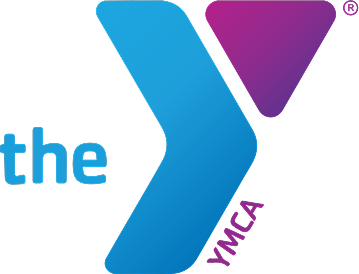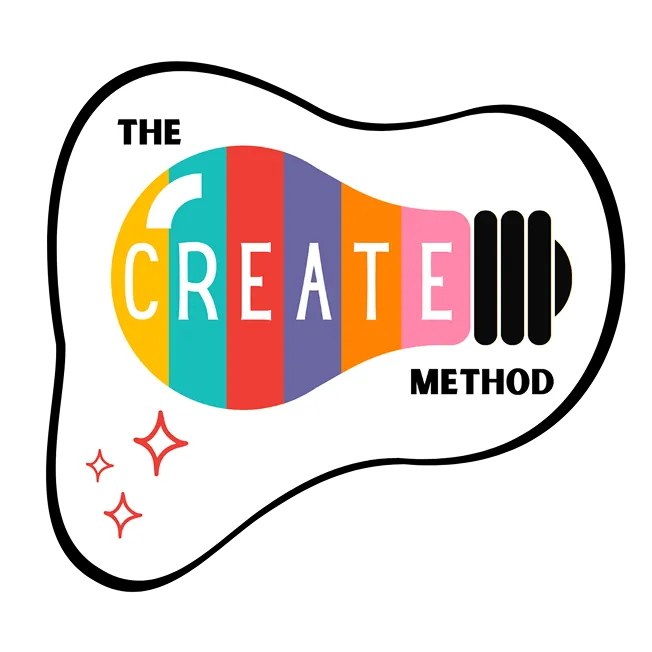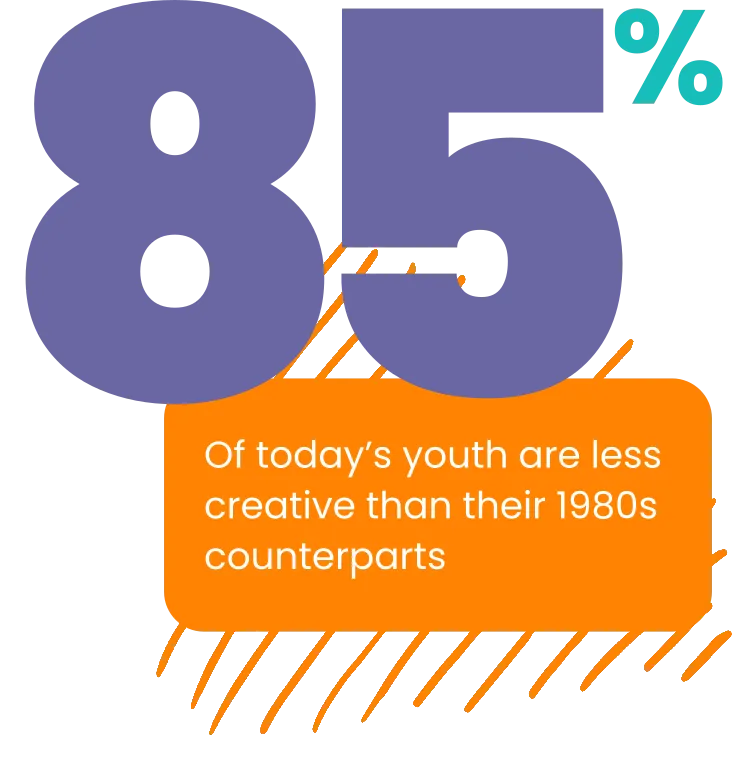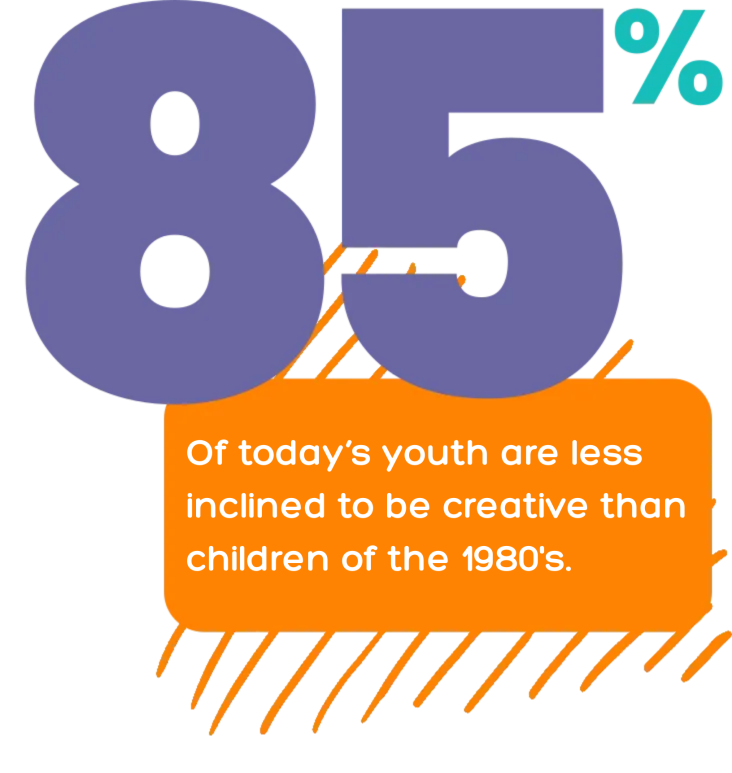A new way to look at creativity, curiosity, and problem-solving for student engagement, teacher retention, and chronic absenteeism












The CREATE Method is a new method that provides teachers with the tools necessary to create engaging lesson plans and units while still following their already-established curriculum.
Our method is created by teachers – for teachers and uses six unique guides that allow teachers to reach every student inside their classroom.

According to recent research, being a creative and critical thinker is predicted to be one of the most important skills needed in the future. The problem is that either people don’t believe they are creative, or we, as a society, do not nurture their creativity.
Schools need to start recognizing the significance of creative and critical thinking in everyday practice in order to prepare students for the jobs of the future.


The CREATE Method is an innovative approach designed by teachers for teachers to reinvigorate your classroom with creative thinking and problem-solving skills. Our method is built around six unique steps that will help you transform your classroom experience, tailored to your unique needs as an educator. Each classroom, teacher, and student is different, and the CREATE Method embraces this diversity, allowing for a personalized application that meets your specific educational goals.

Deeper Thinking is all about changing the way we think to help us work better in teams, enhance our critical thinking skills, foster empathy, and improve creative problem-solving.
So, how do we do that? Through our CREATE Method, which consists of six strategies that target every aspect of our lives, from our professional lives to our personal lives. Every age can benefit from the CREATE Method. Our goal is to make sure that everyone has access to the skills that they need to lead a fulfilling and deeper life.